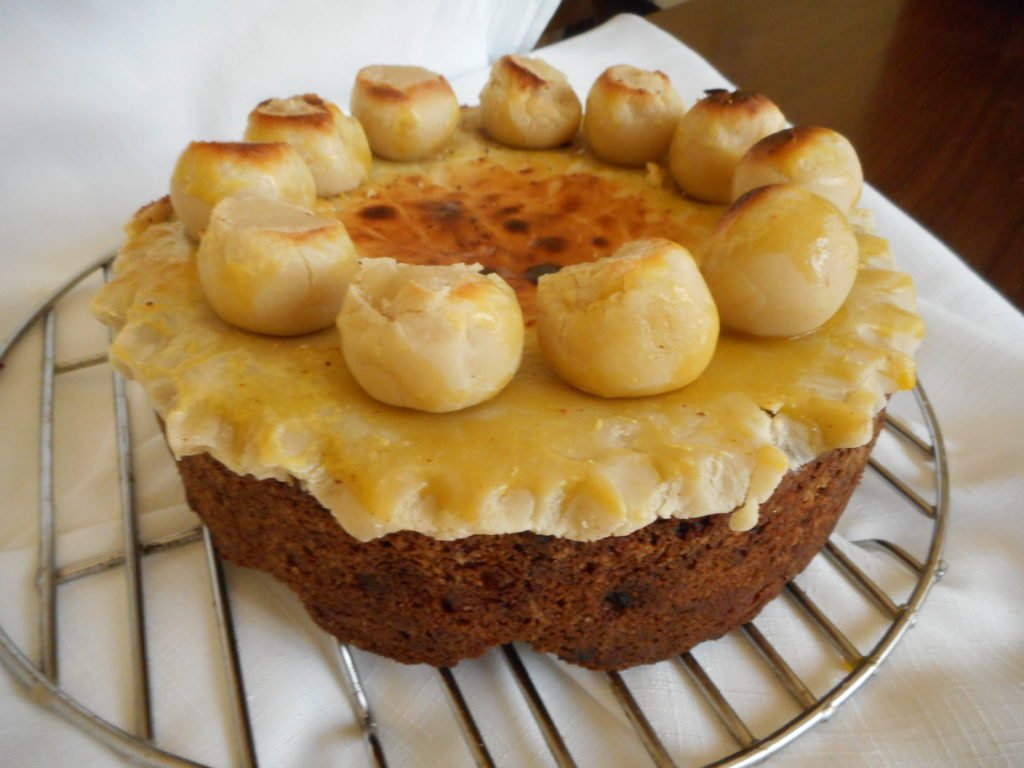Back in the ’70s, when I was working in San Francisco, a shower of foodies arrived from Boston, many of them (such as the renowned Jeremiah Tower) recent graduates of Harvard Architecture School. They were all working through the cookbooks of Elizabeth David and had shopped at Julia Child’s favorite butcher in Boston.
I soon learned why some people call 617 the most opinionated area code in the country. The newcomers were always ready to correct my mistaken ideas, one of them being that the proper name of a vegetable I grew up calling scallop squash was cymling. I was not impressed — the squash in question looks like a bulbous mushroom cap with (wait for it) scallops around the edge, so I didn’t start using this weird East Coast word.
Many years later I looked it up and found out where it came from. It’s a form of simlin (an example of what linguists call hypercorrection, as when Bob Dylan named one of his albums John Wesley Harding, rather than Hardin).
Simlin is a word with a long history. It’s a dialect form of simenel, the medieval English pronunciation of a word which the Oxford English Dictionary says is “related in some way to the Latin simila or the Greek semidalis,” which itself is presumed to have been borrowed from the Assyrian samīdu. In ancient times it meant fine flour (not necessarily semolina), but during the Middle Ages it came to be the name of a cake made with fine flour.
So how did we get from there to the squash? Well, in England the simnel (its usual pronunciation), which has been through a daunting period when it was a pudding which was first boiled and then baked as hard as wood, became the traditional English Easter cake. In some places it was associated with Mothering Sunday, which falls three weeks before Easter and was the day when servant girls were allowed to go home, carrying a simnel with them, to visit their mothers.
As a festival dish, the simnel was made with expensive ingredients such as nuts and dried fruits and it ended up as a rich fruitcake topped with a layer of almond paste brushed with egg yolk and then stuck under a broiler or salamander to make it golden. Because of the association with Easter, it became traditional to arrange eleven balls of almond paste around the top, representing Jesus’s disciples … all, that is, except the one who fell into considerable disrepute on Good Friday.
And that’s the canonical shape of a simnel: a thick disk with knobs around the edge. It’s easy to see how Americans who used the dialect pronunciation simlin/cymling were reminded of it when they saw that delicate green summer squash.
Is this just a tall tale to get back at all the Area 617 people who thrust the word cymling at me so knowingly? No, it’s all the solid truth, I swear it. And I made a simnel today, using a recipe from Mary Berry, one of the judges of PBS’s The Great British Baking Show, and here’s how it came out. (Viz. a little overdone. Should have started checking on it after 3 minutes under the broiler.)

